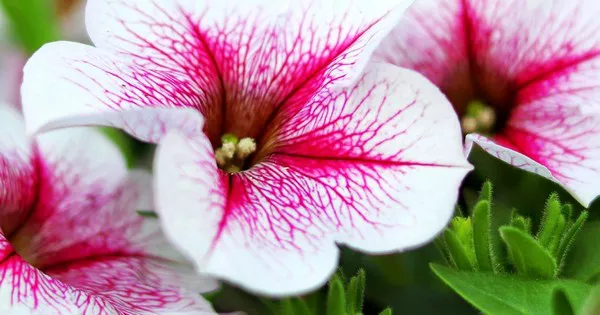Flower symbolism has played a significant role in cultures around the world, often reflecting deeper meanings and connections to various aspects of life, spirituality, and nature. In Japanese tradition, the language of flowers, known as “Hanakotoba,” holds a special place. Among the plethora of flowers revered in this tradition, there is one that stands out for its profound connection to the concept of heaven: the cherry blossom, or “Sakura.” This article explores the symbolism of the cherry blossom as a representation of heaven in Japanese culture, delving into its historical, cultural, and spiritual significance, as well as its close association with impermanence and rebirth.
1. Cherry Blossom: The Heavenly Emissary
The cherry blossom, scientifically known as “Prunus serrulata,” is an iconic flower in Japan, celebrated for its ephemeral beauty and captivating fragrance. The Sakura holds deep cultural and spiritual significance, with its delicate, ethereal blooms often seen as a representation of heaven on earth. The belief that cherry blossoms symbolize heaven can be traced back to ancient Japanese mythology and literature, where they were often linked to heavenly deities and landscapes.
In Japanese folklore, the connection between cherry blossoms and heaven is prominent. The transient nature of the blooms, which appear in abundance for a short period before falling gracefully to the ground, symbolizes the fleeting nature of life. This ephemeral beauty is thought to mirror the impermanence of existence and the cycle of birth, death, and rebirth. The petals’ delicate and pure appearance, combined with their short-lived nature, creates an enchanting symbolism that transcends the physical realm and evokes a sense of divine beauty.
2. Cultural and Spiritual Significance
The cultural and spiritual significance of cherry blossoms as heavenly symbols extends beyond mythology. The annual cherry blossom season, known as “Sakura season,” is a time of great anticipation and celebration in Japan. Families and friends gather for picnics and gatherings beneath the blooming cherry trees, engaging in the traditional practice of “Hanami” or flower viewing. This practice has been a cherished tradition for centuries, embodying the appreciation of beauty, nature, and the transient nature of life.
In Japanese spiritual practices, the symbolism of cherry blossoms also aligns with Buddhist principles. Buddhism’s influence on Japanese culture is profound, and concepts such as impermanence (or “Mujo”) and the cycle of life and death are reflected in the cherry blossom’s symbolism. The transient nature of the blossoms serves as a reminder of the impermanence of all things and the necessity of embracing the present moment. Cherry blossoms thus become a powerful medium through which individuals connect with the spiritual realm and contemplate life’s deeper meanings.
3. Heavenly Beauty in Art and Literature
Japanese art and literature have perpetuated the association between cherry blossoms and heaven. Traditional paintings, such as those found in “ukiyo-e” woodblock prints, often depict serene landscapes with cherry blossoms in full bloom. These artworks capture the harmony between nature and human existence, portraying scenes that resonate with a sense of heavenly tranquility. Similarly, in Japanese poetry, especially in the revered form of “Haiku,” cherry blossoms are a recurring motif that symbolizes both the ethereal beauty of heaven and the bittersweet nature of life.
4. Cherry Blossoms and Transcendence
The symbolism of cherry blossoms as a representation of heaven also ties into the notion of transcendence. In Japanese aesthetics, the concept of “Yūgen” refers to a profound sense of mystery and beauty that cannot be easily put into words. Cherry blossoms evoke this sense of yūgen, as their fleeting yet enchanting presence invites contemplation on the mysteries of life, death, and the cosmos. The blooms’ ephemeral nature encourages individuals to look beyond the physical realm and connect with the divine or heavenly through the lens of nature’s exquisite artistry.
Conclusion
In the rich tapestry of Japanese tradition, the cherry blossom stands as a potent symbol of heaven, embodying beauty, impermanence, and the transcendent nature of existence. Its delicate petals, evanescent presence, and cultural significance have woven the cherry blossom into the fabric of Japanese spirituality, art, and daily life. Through the lens of the cherry blossom, individuals are reminded to embrace the fleeting moments of life and find solace in the idea of heaven as an ethereal realm intertwined with the natural world. As the seasons change and cherry blossoms bloom anew each year, their heavenly symbolism continues to inspire and uplift those who pause to appreciate their delicate and profound beauty.


